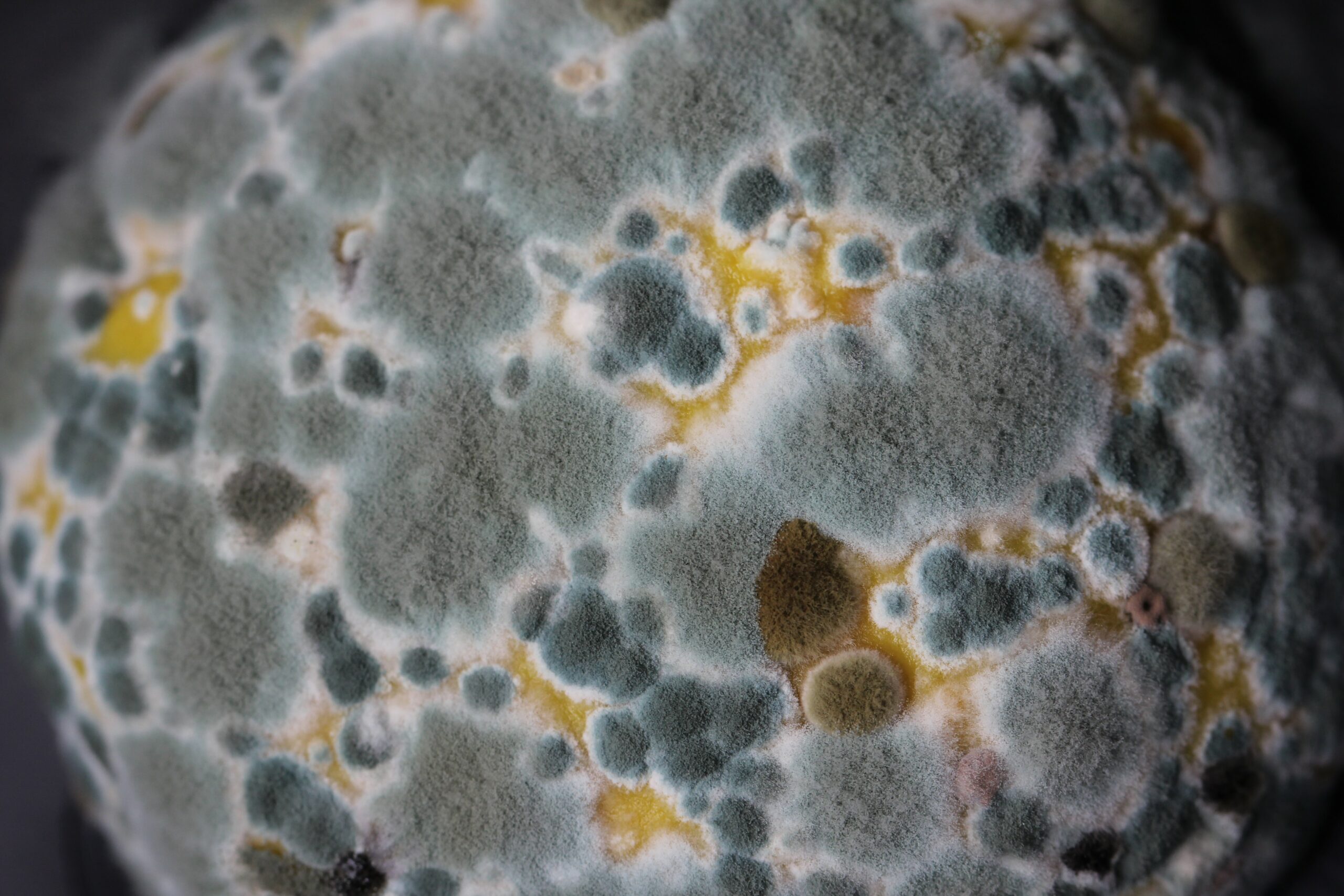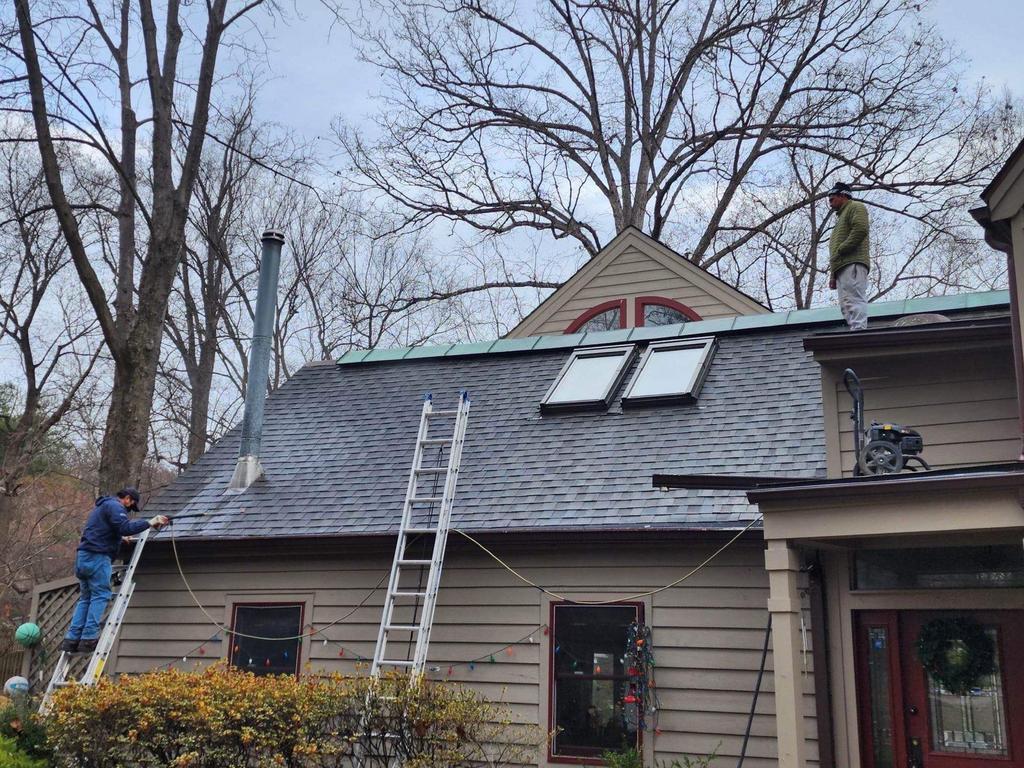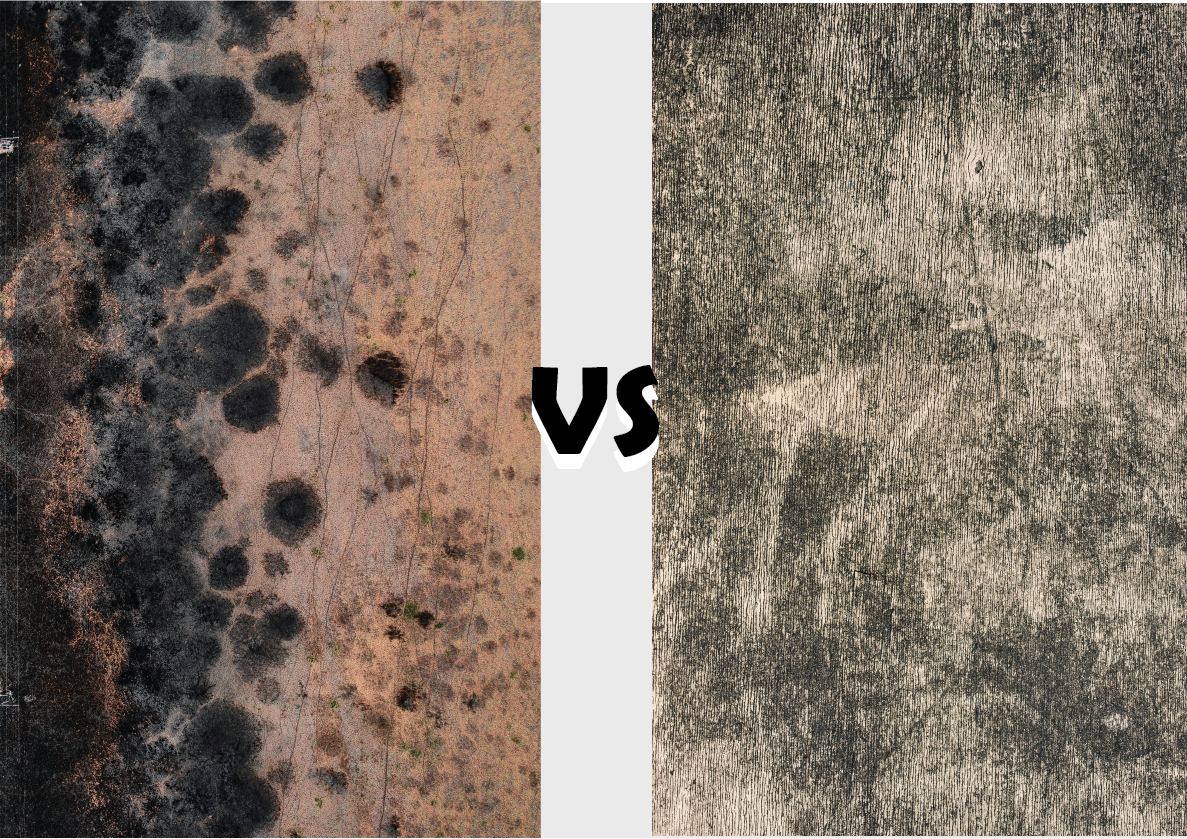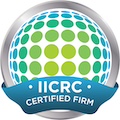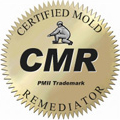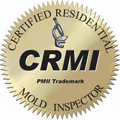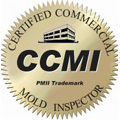As we get busy with our day to day work we get so accustomed to the existence of mold and our treatment efforts. We forget it’s not that obvious to the average homeowner or property manager, so we thought it would be good to provide a short overview.
First thing first, what is Mold?
Any type of mold is a form of fungus. There are millions of different types of mold, with about 20,000 that are black in color, and they can be found both indoors and outdoors. Mold produces spores, which are present in the air. There is not any way to prevent spores from being in indoor air.
Warm and moist places are where the spores thrive, so as soon as they end up in a damp place, they start to grow and multiply rapidly. Mold has the ability to grow on glass, plastic, fabric, wood, and paper surfaces.
How Can Spores Get Into a Home?
Spores can either enter by air through ventilation systems, open doors, or windows, or they can enter by attaching themselves to objects or people, which includes shoes, pets, clothing, etc. If the spores land in an area that is not suitable for them, they will not develop into a problem.
Where Are Places That Mold Often Appears in Maryland, or Any Other Area?
Mold can usually be found in places that have flooded, or where there are leakages. The spores also love places where there is a build-up of condensation. Any place where the air does not circulate very well is another place where mold thrives.
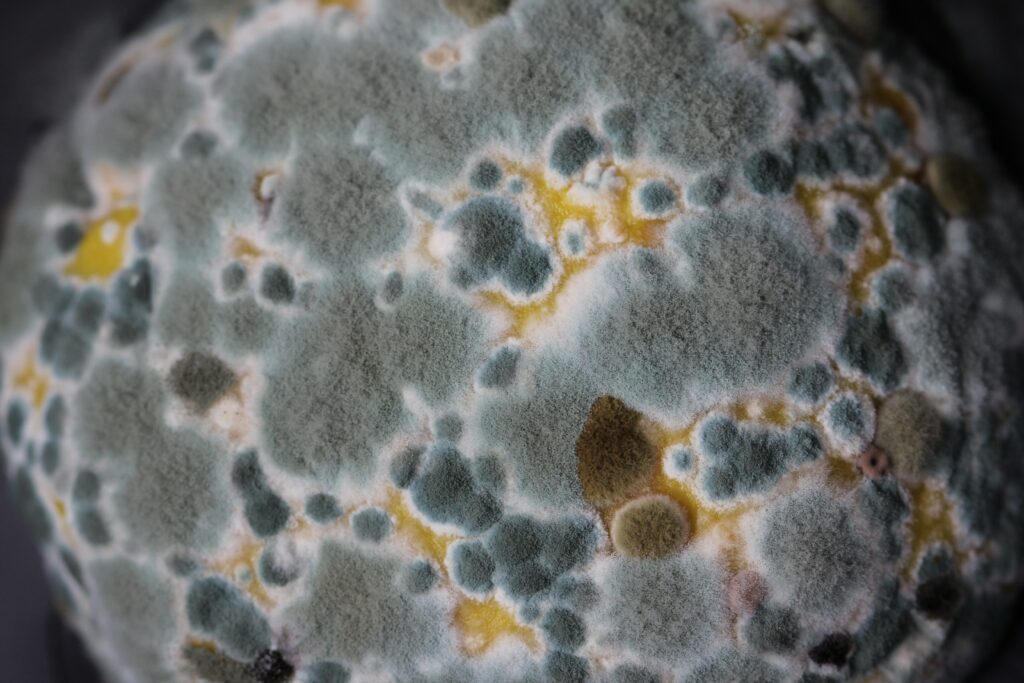
The Health Risks Associated With Exposure to Mold
How much one will be affected by exposure to mold differs from person to person. It depends on your current health and how sensitive you as an individual are to the mold in question. The most common health issues are nasal stiffness, throat irritation, cough, eye irritation, wheezing, and skin irritation. It depends on how much time you have been exposed to mold, but some people are at higher risk than other of being affected, especially those with weak immune systems and lung illnesses.
If you are living in either Montgomery County or Prince George county, Maryland, or you are planning on buying a property in the area and you suspect that you have mold in your home or the home you intend on purchasing, it is highly advisable that you get rid of it as soon as you possibly can. Young children, older people, and those who have health issues already may be at a higher risk of becoming very ill from breathing in the spores.
Protection And Prevention
The key to preventing the growth of mold is to control the amount of moisture that is in your home. Keeping your space well ventilated and clean will significantly reduce the possibility of mold appearing.
Make sure that there are no water leaks in your home, and if there are, have them seen to right away. Try to avoid living spaces where the doors and windows are sealed very tightly. Keep humidity to a level below 60% if possible.
How to Reduce Humidity
Try to limit indoor activities that cause humidity, like the drying of clothes, or using heaters that work with kerosene. Use a dehumidifier if at all possible. Always use an extractor fan for when you are cooking. Clean up any spillages as they happen, as to not leave any area damp for a long time.
Make sure that you dry everything before you store things away. Empty draws and closets on a regular basis, clean your bathroom with mold-killing products and do not put carpets in your basement or bathroom. Keep a hand on the maintenance of buildings, drains, and gutters.
It is not really possible to always stop mold from growing, but keeping things clean and ventilated can keep it from getting worse if it does happen.
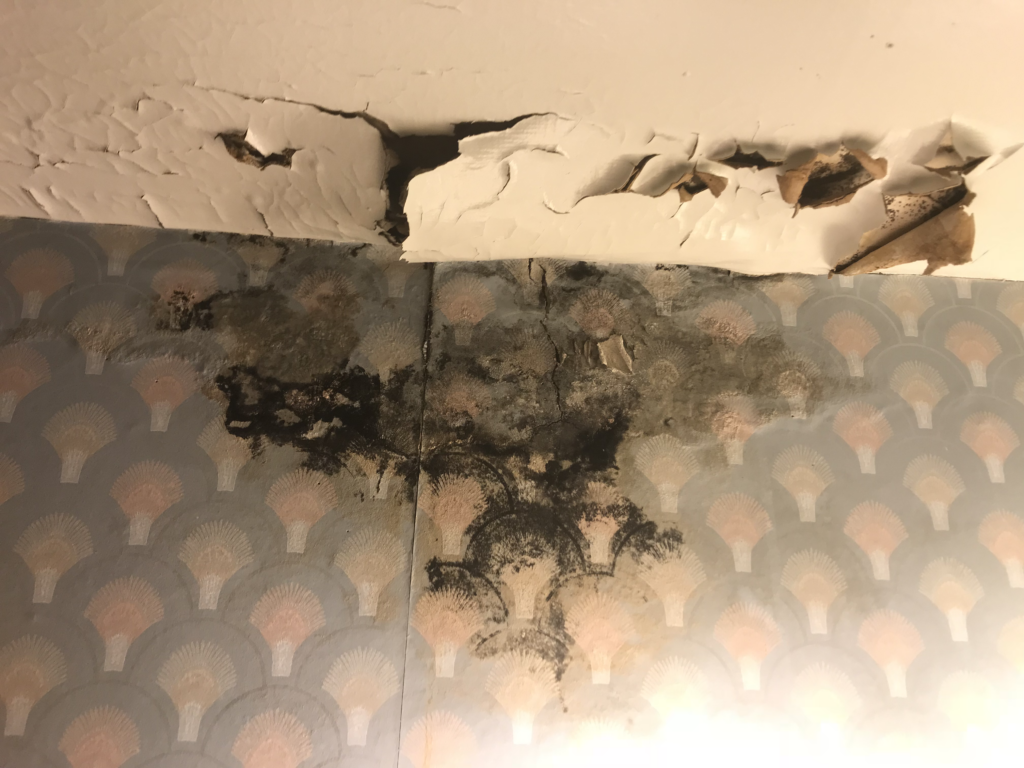
If you suspect your home is at risk, check out our page on air quality test.

